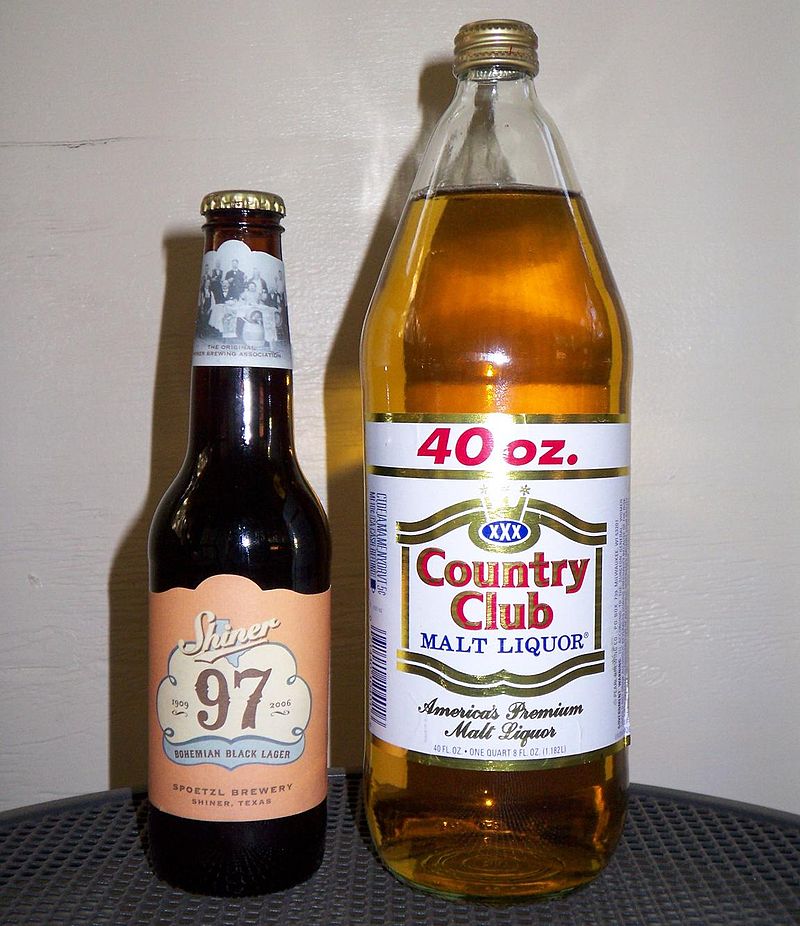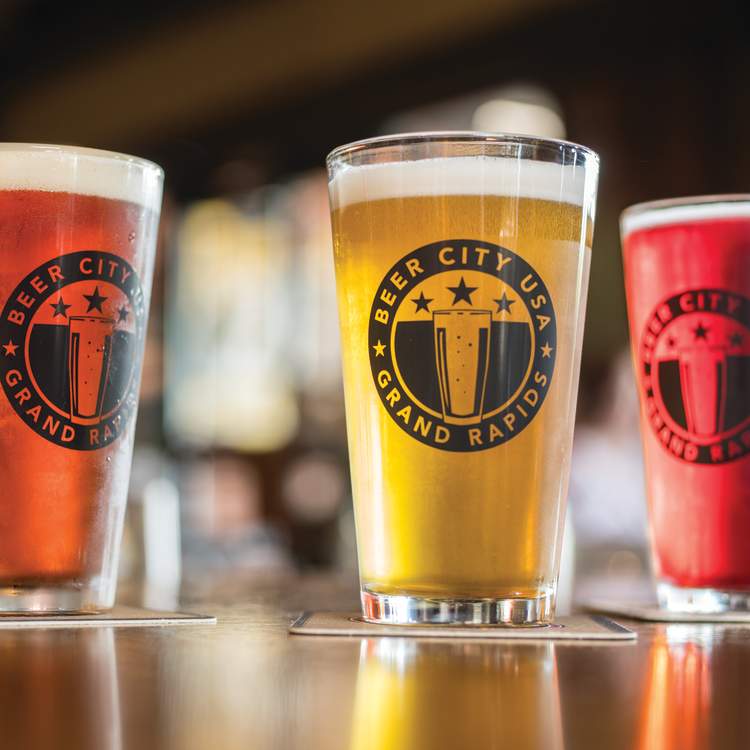Mastering the Craft of Purification: a Deep Dive Into Distillery Traditions
Discovering the complex art of distillation introduces a world steeped in classic customs that have actually shaped the spirits we enjoy today. From the old origins of purification techniques to the modern-day development of distillery equipment, each action in the process brings with it a rich tapestry of background and knowledge. As we look into the fragile equilibrium of contemporary versus typical distilling practices and reveal the relevance of essential active ingredients, a deeper understanding arises of the profound effect distillery practices have on the spirits we relish.
Beginnings of Purification Methods
The development of distillation techniques has a rich history that traces back to old civilizations. The concept of separating components based on their different boiling points laid the foundation for the sophisticated distillation procedures we have today.
The earliest proof of purification go back to around 3000 BC in Mesopotamia, where clay pots were made use of to boil down fragrances and fragrant oils. The Egyptians additionally advanced these methods, utilizing distillation for medicinal purposes and embalming practices. The Greeks, notably numbers like Aristotle and Hippocrates, added to the academic understanding of distillation.
Over time, purification infect regions like India, China, and the Middle East, each society including its special touch to the craft. The development of distillation techniques continued through the Center Ages and the Renaissance, at some point causing the diverse array of purification processes employed in modern-day distilleries worldwide.
Evolution of Distillery Tools

With developments in technology and a deeper understanding of the purification procedure, contemporary distilleries now make use of a selection of sophisticated tools to generate spirits of the finest. Today, distillation tools consists of column stills, reflux stills, and hybrid stills, each designed to deal with certain purification requirements. These modern stills supply better temperature regulation, raised purification precision, and better effectiveness in separating alcohol from contaminations.
In enhancement to stills, distilleries now make use of sophisticated condensers, fermenters, and filtration systems to additional refine the extract. The development of distillery tools remains to play a critical function in shaping the varied variety of spirits readily available out there today.
Traditional Vs. Modern Distilling Practices
In checking out distilling methods, the comparison in between standard and modern techniques discloses considerable innovations in effectiveness and quality. Conventional distilling practices usually include classic techniques passed down via generations, emphasizing craftsmanship and workmanship (Distillery in Galveston). These methods typically rely upon copper pot stills and hand-operated procedures that require a high level of skill and experience from the distillers. On the other hand, modern distilling methods utilize advanced innovation and development to enhance production processes and improve uniformity. Automated systems, digital controls, and modern equipment allow contemporary distilleries to generate spirits extra efficiently and with greater precision.
While traditional distilling practices are valued for their heritage and the unique tastes they create, contemporary techniques provide advantages in terms of scalability, top quality control, and sustainability. By including clinical innovations and contemporary engineering, distillers can optimize production, reduce waste, and meet the demands these days's market better. Inevitably, the option between modern and typical distilling practices usually relies on the distillery's goals, values, and target market.
Secret Ingredients in Purification Process
Within the craft of purification, the choice of key active ingredients plays a critical function in identifying the taste account and quality of the spirits generated. The main ingredients made use of in the distillation procedure are normally water, yeast, and a fermentable source such as grains, fruits, or sugarcane.
Water is a basic component as it not just waters down the alcohol web content to a palatable degree however also impacts the overall mouthfeel and structure of the spirit. The top quality and mineral material of the water made use of can considerably influence the final item.
Yeast is an additional crucial component that transforms the sugars present in the fermentable source right into alcohol via the process of fermentation. Various pressures of yeast can produce differing flavors and scents, adding to the one-of-a-kind qualities of the reference spirit.

Impact of Distillery Traditions on Spirits
The impact of longstanding distillery practices on spirits prolongs past the choice of key components, shaping the really essence and personality of the final distilled items (Distillery in Galveston). These traditions, gave through generations, play a critical function in specifying the distinct preference profiles and top qualities that distinguish one spirit from an additional
Distillery traditions include a wide variety of techniques, from the particular methods made use of in distillation to the option of aging processes used. For instance, making use of typical copper pot stills in whiskey production is thought to present certain flavors and features that are highly valued by lovers. The aging of spirits in oak barrels, a technique this website deeply rooted in distilling customs, adds to the development of complicated fragrances and tastes over time.

Verdict
From the beginnings of purification strategies to the modern-day techniques, the influence of distillery practices on spirits is obvious. Distillery practices play an essential duty in forming the spirits sector and protecting the heritage of purification methods.
Throughout the history of distillation, the equipment used in distilleries has actually gone through considerable evolution to enhance efficiency and high quality of the distillation process.With advancements in technology and a much deeper understanding of the purification process, modern distilleries currently make use of a range of advanced equipment to generate spirits of the highest quality. Today, purification devices includes column stills, reflux stills, and crossbreed stills, each created to cater to specific purification requirements. From the origins of purification methods to the modern techniques, the effect of distillery customs on spirits is indisputable. Distillery practices play a vital duty in forming the spirits industry and maintaining the heritage of distillation practices.
Comments on “Discover the very best Breweries in Galveston Texas: A Beer Fan's Overview”